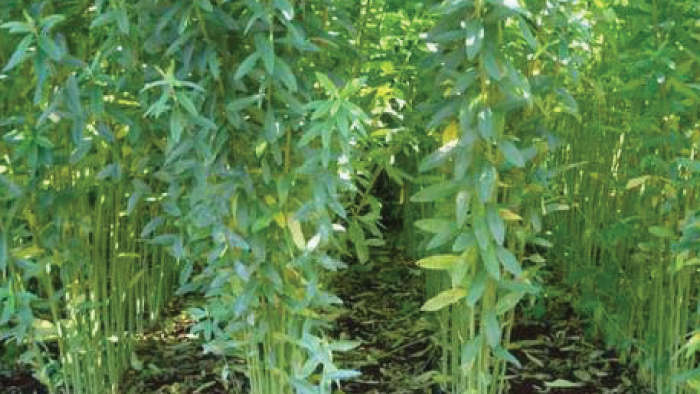
Organic FarmingAgrowon
Benefits of Green Manure in Agriculture
Green manure is an undecomposed material used as manure. It is obtained in two ways, namely by growing green manure crops or by collecting green leaves (along with twigs) from plants grown in wastelands, field bunds and forest. Green manuring is growing in the field plants that usually belong to the leguminous family and are incorporated into the soil after sufficient growth. The plants grown for green manure are known as green manure crops. Sunhemp, Dhaincha, cluster beans and Sesbania are the most important green manure crops.
Green Leaf Manure
Application of green leaves and twigs of trees, shrubs and herbs collected from elsewhere is known as green leaf manure. Forest tree leaves are the main sources of green leaf manure. Other sources of green leaf manure is plants growing in wastelands, field bonds, etc. The important plant species useful for green leaf manure are neem, Glyricidia, Karanji (Pongamia glabra) Calotropis, avise (Sesbania grandiflora), subabul, and other shrubs.
Advantages:
Increasing organic matter and soil humus
Increased Nitrogen fixation
Protection of the soil surface
Prevention of erosion
Maintaining or improving soil structure
Reduced susceptibility to leaching
Access to unavailable nutrients from lower soil profile
Provide readily available nutrients to the next crop
Source: TNAU Agriportal
If you find this information useful, click on the yellow thumbs up sign under the photo and also share this with your farmer friends using the options given below.
413
2

